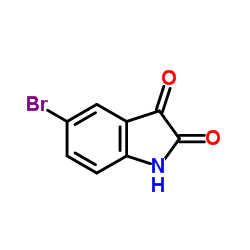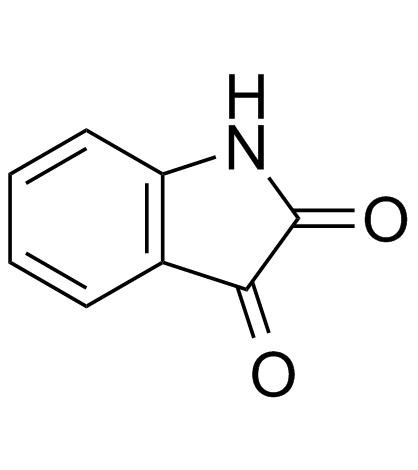| Structure | Name/CAS No. | Articles |
|---|---|---|
 |
5-Bromoisatin
CAS:87-48-9 |
|
 |
isatin
CAS:91-56-5 |